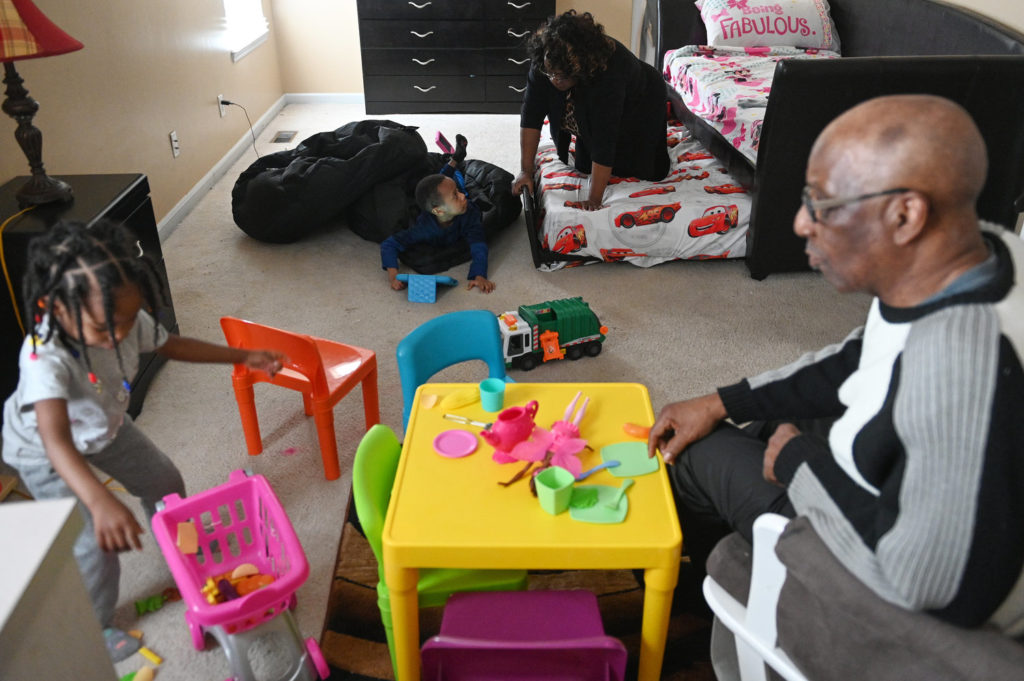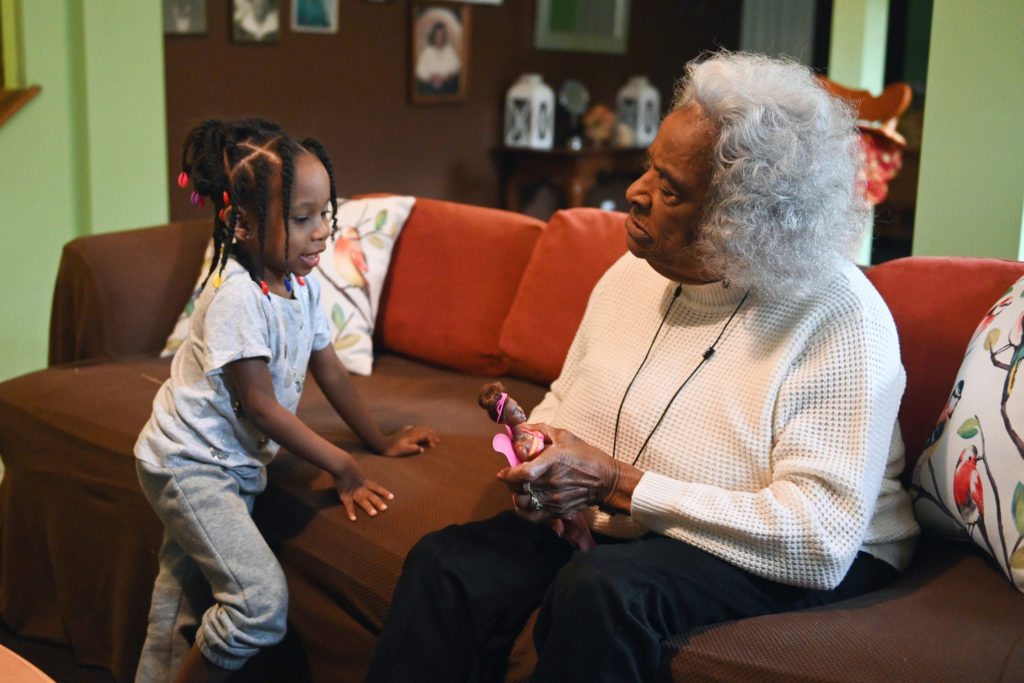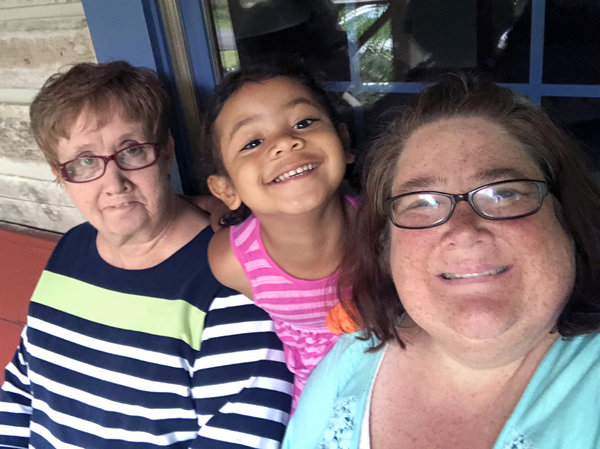Blog
How Multigenerational Families Manage Social Distancing Under One Roof
Like many multigenerational families, the Walker’s have quite a unique story, according to Kaiser Health News. Four generations ranging from 3-96 years old live under one roof, enjoying advantages such as financial support and built-in child care. However, amid the current pandemic, the Walkers’ circumstances increase health concerns, as elder family members are at heightened risk of becoming severely ill should anyone in the home become infected with COVID-19.
“With all of us in the same home, I feel like I’m the one that’s kind of guarding everybody,” says 63-year-old Wilma Walker.

As nursing homes are banning visitors and urging the public to avoid coming into contact with the elderly, more than 64 million Americans live in multigenerational households like the Walkers. That’s roughly 1 in 5 U.S. residents.

The Walker family has a plan in place for illness. Walker says her family is full of ministers who pray for the pandemic to end, but they also practice social distancing and wash their hands often.
The matriarch of their family, Evelyn, is 96 and spends more time inside the home. She loves to give warm hugs, but she avoids direct contact with anyone who has symptoms of illness. Evelyn has her own space in the home where she can avoid all germs.
With COVID-19 threatening lives, those who live in multigenerational households around the country are sharing their worries and experiences online. Some families practice social distancing at home, while others worry about transmitting the virus to older people in their homes.
“Until further notice, all of us are quarantined. We’re trying to stay put and stay in place until we have a better idea of what’s going on,” says Tori Dixon, 42, about her two-generation household.
Toni shares a home with her 69-year-old mother, 48-year-old sister and 13-year-old brother. Their mother was diagnosed with severe bronchitis in 2018, which left her with a compromised immune system, so they choose to social distance in order to keep her safe.
“She’s nervous,” Toni says. “I’m nervous for her.”

Maxine Edwards, 74, lives with her daughter Kristi and granddaughter. Since preschools have closed, Maxine is taking care of her 4-year-old granddaughter while Kristi continues to work as a patient care coordinator at a hearing center.
“She keeps me busy,” Maxine says. “It’s a lot busier than it was, but I’m glad to have them around.”
To give her mom a break, Kristi’s friend watches her daughter a few days a week.
“The idea of combining households has always helped families get through tough economic times and life transitions such as death, divorce or job loss. But multigenerational households face a particular set of challenges during the coronavirus pandemic because they can’t easily separate children from older family members in the home,” says Donna Butts, executive director of Generations United.
On top of Generation United’s online tips, Donna suggests leaving younger children at home when an adult has to go to the grocery store. “Kids are more likely to touch things in stores,” she says, “and that risks the spread of germs. Excellent hygiene is strongly encouraged.”
As multigenerational families remain the backbone of many American communities, it is important that these families continue to adhere to local, state and national mandates to stop the spread of COVID-19.